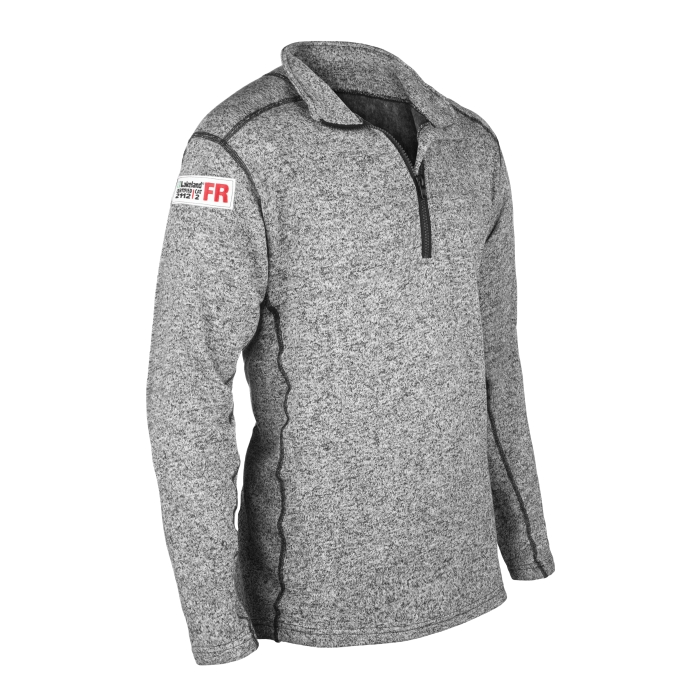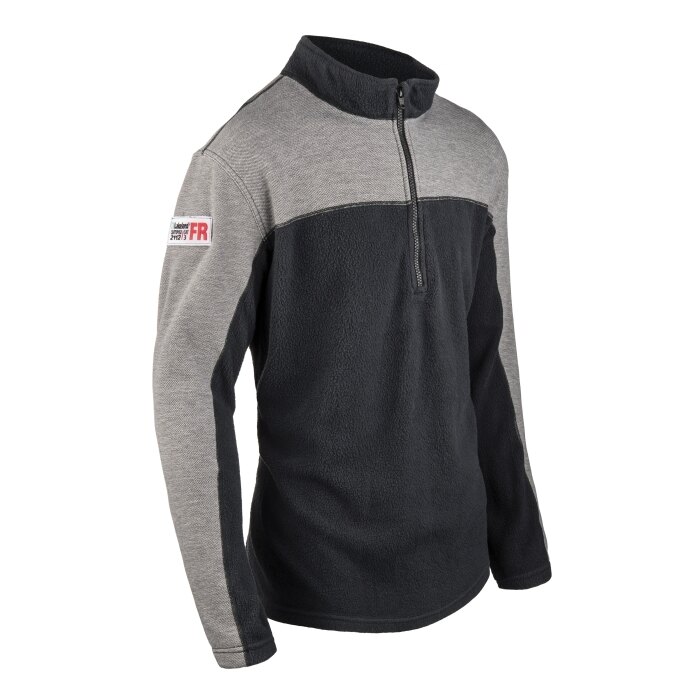To stay protected while facing inclement weather from exposure to cold, wet, snowy elements choosing the right work clothes is not only required but can also be strategic.
Layering work wear, in either climate, will better help you regulate your body temperature, but it should be done strategically to keep you dry, protected and warm while also ensuring you have the mobility to perform your duties.
Offering your workers moisture wicking clothing will keep them cool and dry. These types of garments are constructed with two types of fibers—hydrophilic and hydrophobic. Hydrophilic fibers have an affinity for moisture thereby removing the moisture from against the wearer’s skin whereas hydrophobic fabrics are water repellent, transferring the moisture to the surface layer, potentially causing microscopic droplets of water to form and then evaporate.
Should I wear moisture wicking clothes in both warm and cold weather?
The short answer is yes. Layering FR clothing, in either climate, will better help you regulate your body temperature, but it should be done strategically to keep you dry, protected and warm while also ensuring you have the mobility to perform your duties.
Lakeland offers suggestions on how you should layer for warmth.


















